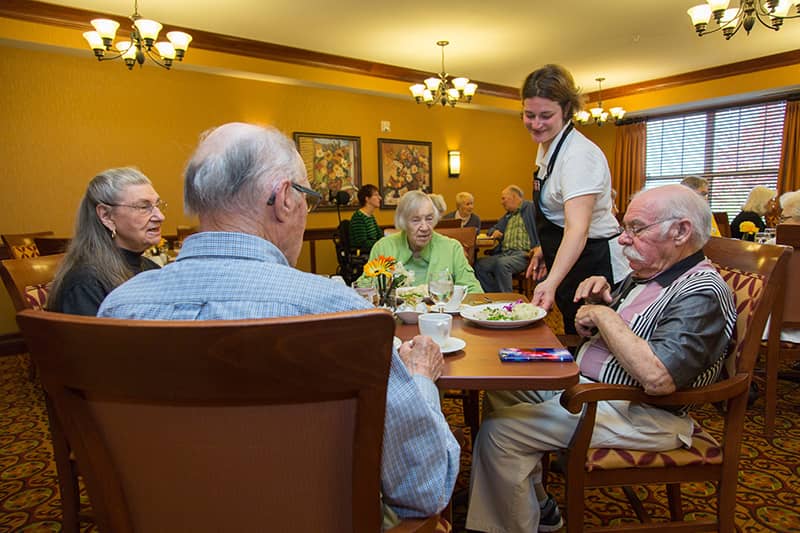Every food business outlet has its own unique challenges, but due to the susceptibility of the residents in assisted living facilities, ServSafe food managers should be extremely careful with the food they serve. In order to protect the most vulnerable to illness, the Minnesota Department of Health as put together an FAQ for ServSafe Managers of assisted living facilities. Let’s take a look at some of the outlined rules that affect MN ServSafe managers in these facilities.

MN ServSafe Managers’ Guide to Assisted Living Kitchens
The Minnesota food code defines a highly susceptible population as a group that is more likely to contact foodborne illness due immunocompromised conditions or age. Assisted living facilities commonly serve these groups, and some other outlets the Minnesota Department places in this category includes:
- Custodial Care Facilities
- Specialized Nutritional Centers
- Senior Centers
- Medical Health Care Facilities
In their guide to the application of the food code to assisted living facilities, the Minnesota Department of Health outlines the key factors to serving an elderly or medically compromised population. The reinforce the need for:
- Oversight of Food Handling Procedures
- Health and Hygiene
- Ready-to-Eat Food Safety
- Time and Temperature Control
- Cross-Contamination
You may look at this list and say to yourself, “I remember this from MN ServSafe manager training, so why do we need new outlines from the health department?”
The point of these new fact sheets is to emphasize the most important aspects of keeping food safe in assisted living facilities, and these measures give us the best chance of preventing foodborne illness.
Just like other food processing facilities, assisted living centers require a certified food protection manager to oversee food safety and training. The CFPM should also monitor employee hygiene to ensure nobody works sick and that proper handwashing procedures are followed.
It’s also vital to document time and temperature control procedures, especially when cooling prepared food and reheating ready-to-eat foods. Most facilities that serve the sensitive populations usually prepare food in advance in order to serve larger groups all at once. If you prepare your food ahead of time and reheat it for service, make sure you review cooling and temperature control procedures.


